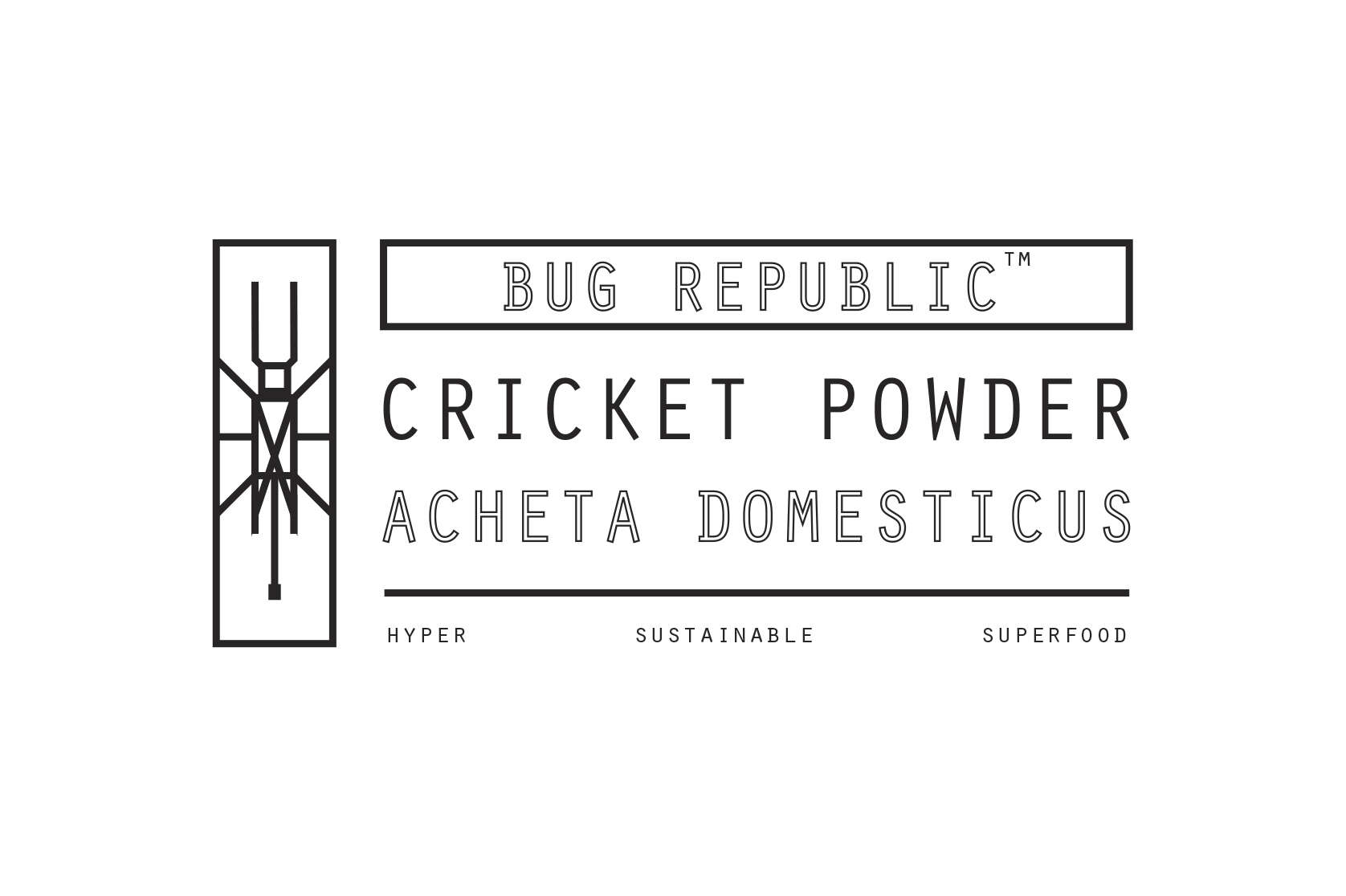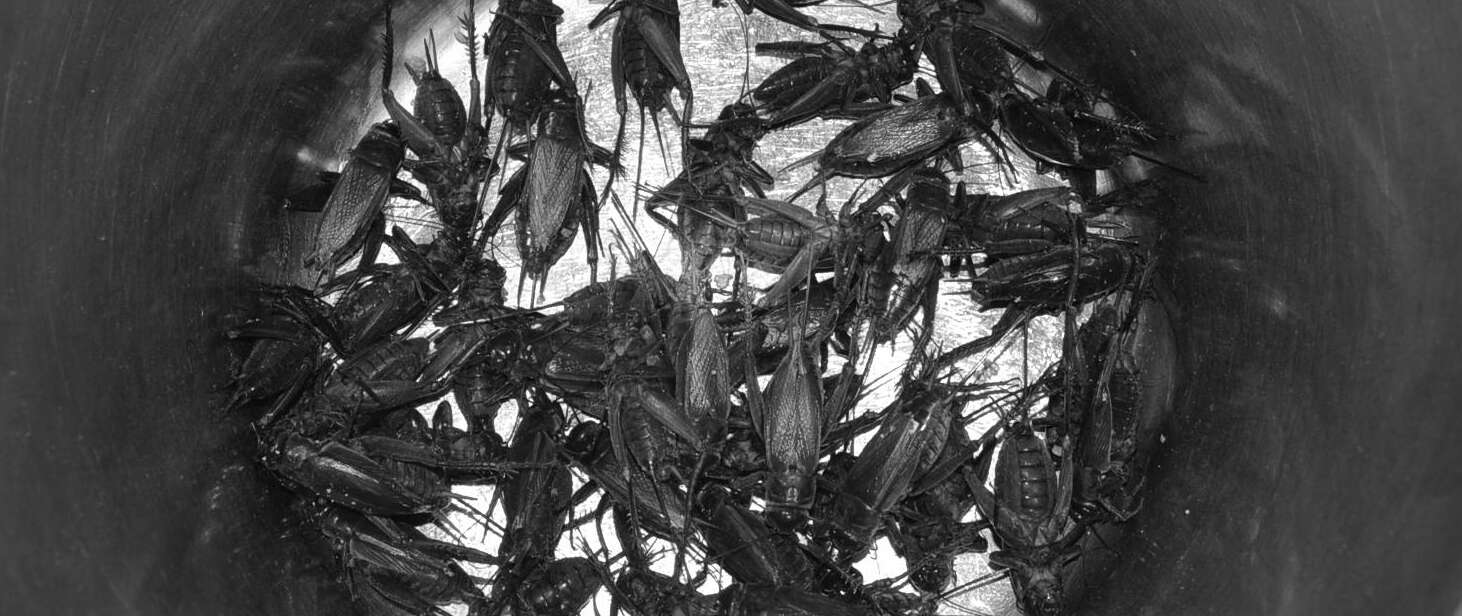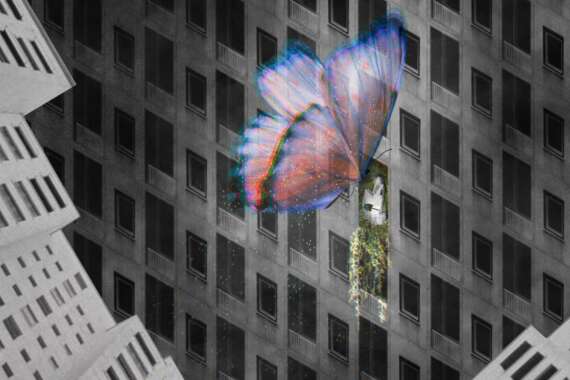Currently in its infancy but gaining traction in response to issues of food security, sustainability and land use, the edible insect industry has the potential to drastically alter the surface of our planet by redirecting the immensely impactful force of modern agriculture. Top scientist Jonathan Foley has described agriculture as the “single most powerful force unleashed on this planet since the end of the Ice Age” (Foley, 2010).
Forty per cent of the globe’s land mass is currently devoted to agriculture, with only 2% left as unoccupied, farmable land. Due to rising sea levels, the world’s available land will decrease roughly 12% by 2050, by which time the planet will be home to some 9 billion people (Foley, 2011).
Edible insects as food sources pose a set of potential solutions; insects in fact constitute extremely sustainable, efficient and nutritious protein sources, which far outperform existing livestock practices. Crickets, the most commonly consumed, use 2000x less water, 12x less feed, and emit 100x fewer GHG’s compared to beef. The benefits of this relatively unexplored territory, pioneered by countries such as Thailand, are now being recognised and spurring the birth of an entire global industry.
This thesis argues that architectural design has a significant role to play in the emergence of an ‘edible insect industry’ now forming in the western world. It explores the intricacies and arising opportunities that the inception of this industry in the west holds for the design of our environments.
This project is undertaken as a series of experiments, constituting an integrated research and design methodology; investigating the potential offerings of design in this emerging realm. It interrogates these amidst the disruption of the food and agriculture industries, developing architectural performative systems for emerging (and increasingly promising) applications of insects in the built environment.
The methodology employed here in engagement with the insect industry may perhaps also be utilised in other realms of rapid change; as a means of navigating these territories and situating design practice as a significant resource for their development, and vice versa. This body of research reveals great scope for architectural design to weave paths in emerging fields.












